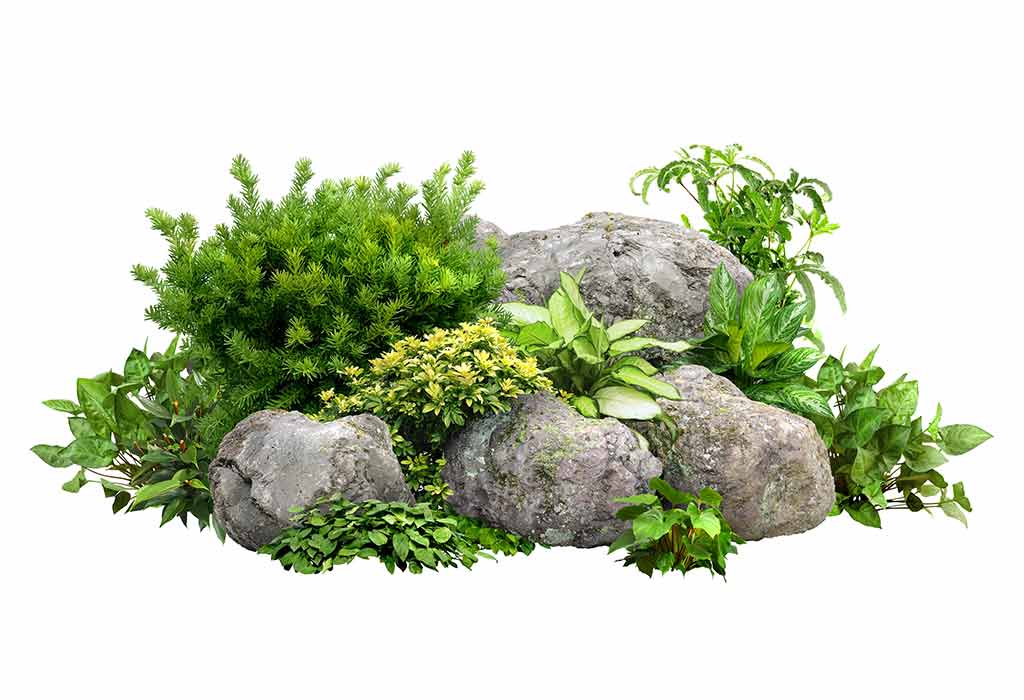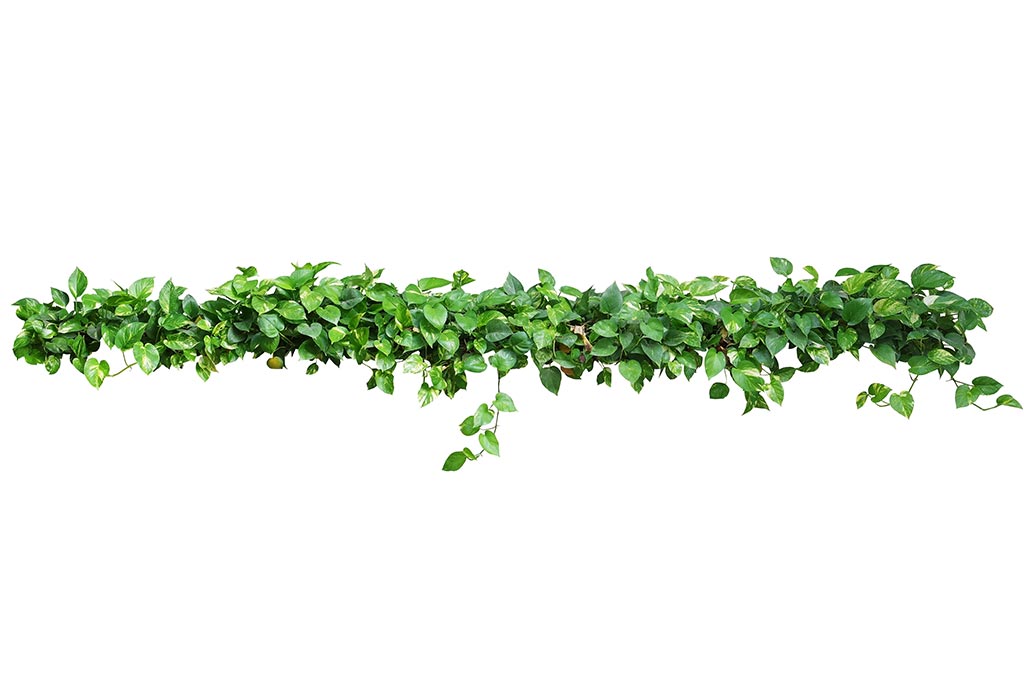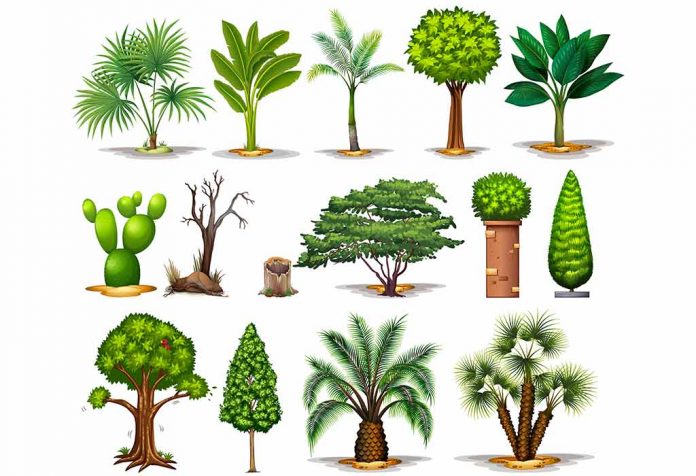Plants form an important part of our planet Earth. Rooted to the grounds, reaching high for the skies, plants come in various types. They are at the foundation of all life forms on Earth as all livjng beings depend on plants for livelihood and survival. Let us understand in detail about plants and their various types.
What is a Plant?
Plants are living things that can grow almost anywhere on the Earth, from snowy mountain slopes to dry and hot deserts. They are one of the most important parts of our ecosystem as they create their foods by absorbing energy from sunlight. They further provide energy to the ecosystem, making them essential for any ecosystem. They produce the oxygen that we breathe, and bear the fruits and vegetables that we eat and consume for nutrition and sustenance of life.
All other organisms in the world receive their food from plants by directly consuming them or consuming other organisms that depend on plants.
Classification of Plants
Let us now learn about the various types of plants for kindergarteners, based on a few classifications. Types of plants can be classified basis on how and where they grow, and on the basis of how they reproduce. Let us look at these classifications in detail:
Plant Classification Based on their Growth Habitat
Let’s start with the basics; what is growth habitat? The term ‘growth habits’ refers to the plant’s growth and its development or change in the plant’s height, shape and the kind of growth it undergoes. There are genetic factors as well as environmental factors which play an important role in their growth habit.
Classification Based on Growth Habits
If we consider plants, based on their height, some are too short while some are too tall to climb. Besides the height, stem thickness and delicacy also vary. Here are the types of plants based on growth habits.
1. Herbs

Herbs are short-sized plants with soft, green, delicate stems without woody tissues. They complete their life cycle within one or two seasons. Generally, they have few branches or are branchless. These can be easily uprooted from the soil. Herbs contain enough nutritional benefits, including vitamins and minerals, to make them a part of a healthy balanced diet. Tomato, wheat, paddy, grass and bananas are a few examples of herbs.
2. Shrubs

Shrubs are medium-sized, woody plants taller than herbs and shorter than a tree. Their height usually ranges from 6m to 10m tall. Their features include bushy, hard, and woody stems with many branches. Although stems are hard, they are flexible but not fragile. The lifespan of these plants usually depends on the species. Rose, jasmine, lemon, tulsi, and henna are some of the common shrubs around us.
3. Trees

Trees are big and tall plants. They have very thick, woody and hard stems called the trunk. This single main stem or the trunk gives rise to many branches that bear leaves, flowers and fruits. Some trees are branchless like coconut trees; i.e., they have only one main stem which bears leaves, flowers, and fruits all by itself. The lifespan of a tree is very long. i.e., for several years. Banyan, mango, neem, cashew, teak and oak are some examples of trees.
In addition to these three categories of plants, there are two more types which need some support to grow. They are specifically called climbers and creepers.
4. Climbers

Climbers are much more advanced than creepers. Climbers have a very thin, long and weak stem which cannot stand upright, but they can use external support to grow vertically and carry their weight. These types of plants use special structures called tendrils to climb. A few climbers’ plant names include pea plant, grapevine, sweet gourd, money plant, jasmine, runner beans, green peas, etc.
5. Creepers

Creepers, as the name suggests, are plants that creep on the ground. They have very fragile, long, thin stems that can neither stand erect nor support all their weight. Examples include watermelon, strawberry, pumpkin and sweet potatoes.
Plant Classification Based on their Seeds
Seeds lie the foundation of a plant as their growth mainly relies on the type of seed. Some seeds can be used as food for other living beings while others’ main task is to grow into a new plant. Based on the seeds of a plant, we can divide them into two types.
1. Monocotyledon
Having have their seeds in one piece, Monocotyledon has a single cotyledon as per their name. Examples of these types of plants are Rice, Orchids, Bamboo and so on.
2. Dicotyledon
These types of plants have two cotyledons within their seeds which can be divided into two equal parts. Examples of Dictyledon are Cashew, Oaks, etc.
Classification of Plants with Seeds
This category of plants includes all types of flowering plants, ginkgo, conifers (cedars, firs, junipers, pines, spruce, etc.), and cycads (palm-like plants consisting of cones). All these plants have seeds either encased inside the cones or in fruits. The flowering plants typically produce seeds inside the fruits. This includes both soft fruits (such as apples, berries, oranges, etc.) and hard fruits (all kinds of nuts).
All such species of plants that contain seeds are known as vascular plants. Besides, all seed-bearing plants that have flowers are termed angiosperms, while gymnosperms are cone-producing trees. The seed-bearing plants are one of the largest groups of land-plants in the world. There are about 320,000 plant species on Earth, and about 270-290 of them contain seeds.
Let’s take a look at the four major groups of plants that reproduce with seeds:
1. Flowering Plants
Flowering plants are some of the most beautiful types of plants. Flowering plants can cover a variety from a small rose plant to the tall oak tree. These are kinds of plants characterized as angiosperms because they produce seeds in flowers that further take part in the reproductive system. This means that the seeds in flowering plants act as plants’ reproductive organs.
Since flowering plants have a complex system that usually helps to transport fluids to all parts of the plants, they are also called vascular plants. Furthermore, these plants can also be sub-divided as annuals or perennials based on their surviving capability in the winter season. Some flowers bloom only in spring, while others start flowering in spring and continue to bloom until fall.
The following are some most common types of flowering plants:
- Flowering Annual Plants
- Flowering Perennial Plants
- Exotic-looking Orchids
- Ivy and flowering vines
- Ornamental Grasses
2. Ginkgo
Ginkgo is a type of tree plant, and it produces seeds. It is the only plant classified in the division Ginkgophyta. All other related species of ginkgo have gone extinct long ago. Therefore, ginkgo is considered a unique type of plant and is completely different from all other plant species. It has unique leaves with a fan-shaped structure and a shape between 2 to 4 inches (5 – 10 cm). Furthermore, it produces fruits that do not contain seeds but are similar to fruits, called false fruits. The Ginkgo Biloba tree is native to China and has many uses in traditional medicine.
3. Conifers
Conifers are mostly woody, shrub-life plants and trees that are categorized in the division Pinophyta. They usually grow in most climates worldwide; however, they are most commonly found in Northern Hemisphere. Conifers are plants that can be as long as large majestic trees or as small as they can grow inside the home in ornamental gardens. Most large conifers consist of drooping leaves covered within soft pine needles, while small conifers species are shrub-like evergreen plants.
Generally, conifers are distinguished by their seed-producing cones. Additionally, they are also identified with their unique bluish-gray, green, or silvery foliage. They are best known for their surviving capability in very cold regions. Some species of conifers can survive in about -13 °F (-25 °C) and lower temperatures. Some most popular conifers are pines, cedars, junipers, spruce, etc.
4. Cycads
Cycads are defined as exotic plants and mainly grow in tropical and subtropical regions of the world. These plants have commonly woody trunks which produce large evergreen leaves. Since leaves directly form from trunks, cycads do not have branches. These are plants with seeds, and seeds are produced inside the cone-line structures. They tend to reproduce using beetles that help pollinate the seeds. Cycads are known to grow in warm climates.
Classification of Plants without Seeds
This category of plants includes all kinds of algae, liverworts, mosses, and ferns. They do not have seeds. Instead, they produce spores, which typically are distributed by the wind. The spores further help grow or reproduce new tiny plants, called gametophytes.
Let’s take a look at the four major groups of plants that reproduce without seeds:
1. Algae
Algae are plants that most commonly grow in water bodies. There is a diverse range of seedless plants that are parts of algae. However, they all are typically categorized into brown algae, green algae, and red algae. Since algae consist of diverse species of plants, the categorized groups do not relate with one another. Algae can be small microscopic organisms that could be consumed as food by various marine animals. Besides, they can be seaweed, usually developed in water bodies around coastlines. There are about 72,500 algae found worldwide.
Although algae are characterized as plants, there is some confusion regarding it. Some species of algae are believed to have the ability to eat other organisms, similar to the animals. However, all algae use photosynthesis to make food. That is why they are mostly grouped as plant types.
- Brown Algae
- Green Algae
- Red Algae
2. Liverworts
Liverworts are known as nonvascular plants that have no flowers and do not contain seeds. They are small leafy plants and generally have a size between 2 mm to 20 mm wide. These are plants known to flourish in damp areas. Liverworts include many species of plants, and small species sometimes become very hard to differentiate from mosses.
One effective way to differentiate liverworts is that they typically have tiny hair-like structures called rhizoids. This mainly helps them absorb a significant amount of water. Besides, it is believed that the liverworts developed after algae. Since these plants have lower structure, and so they are considered more advanced than algae plants. Liverworts are categorized in the division Marchantiophyta.
3. Mosses
Like liverworts, mosses (also called moss in short) are plants that also grow mainly in damp places. They are unique types of plants that do not necessarily require soil. This means they can also grow without the presence of soil. Mosses often grow on rocks, trees, and even on concrete. There are around 12,000 species of moss, and all such species are categorized in the division Bryophyta.
4. Ferns
Ferns are another group of plants that do not contain seeds. These are also flowerless and are categorized in the division Polypodiopsida. Unlike algae and mosses, ferns are vascular plants and distribute spores. This eventually helps them reproduce. There are about 10,500 species of ferns. Few of them are believed to be the oldest types of plants on Earth.
With this guide, your child would have learnt various type of plants name of their varieties and many examples under each category. Try to observe some of these around you while you take a minute to appreciate nature.
Also Read:
Root Vegetables Vocabulary for Kids
Fruit Names for Children in English
Vegetable Names in English for Kids









